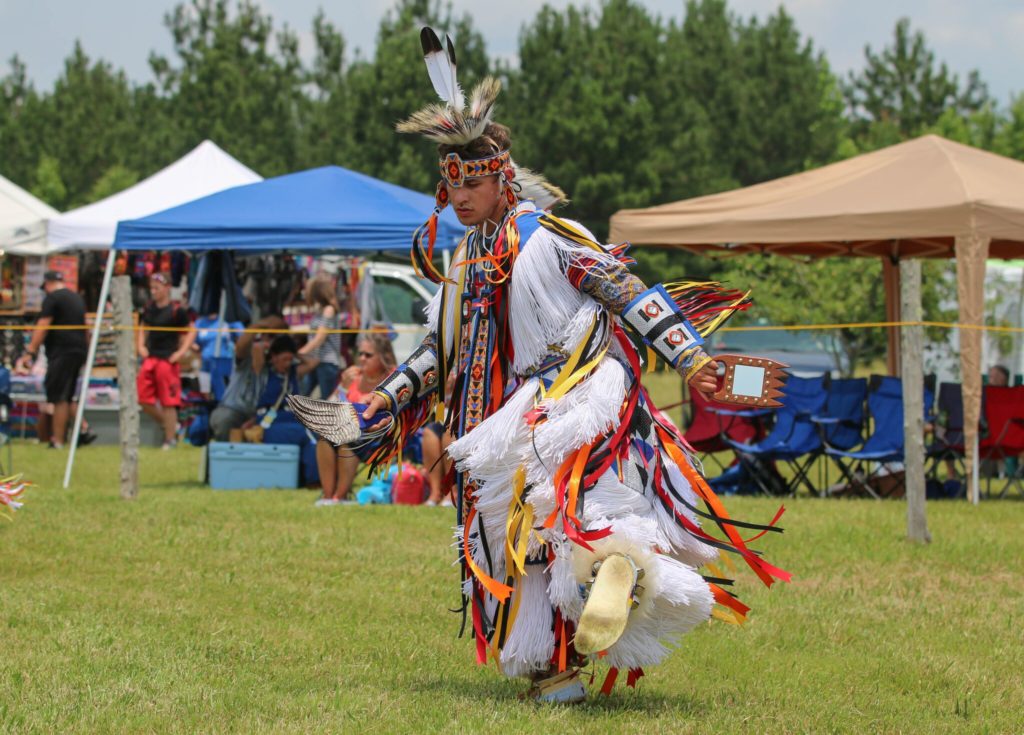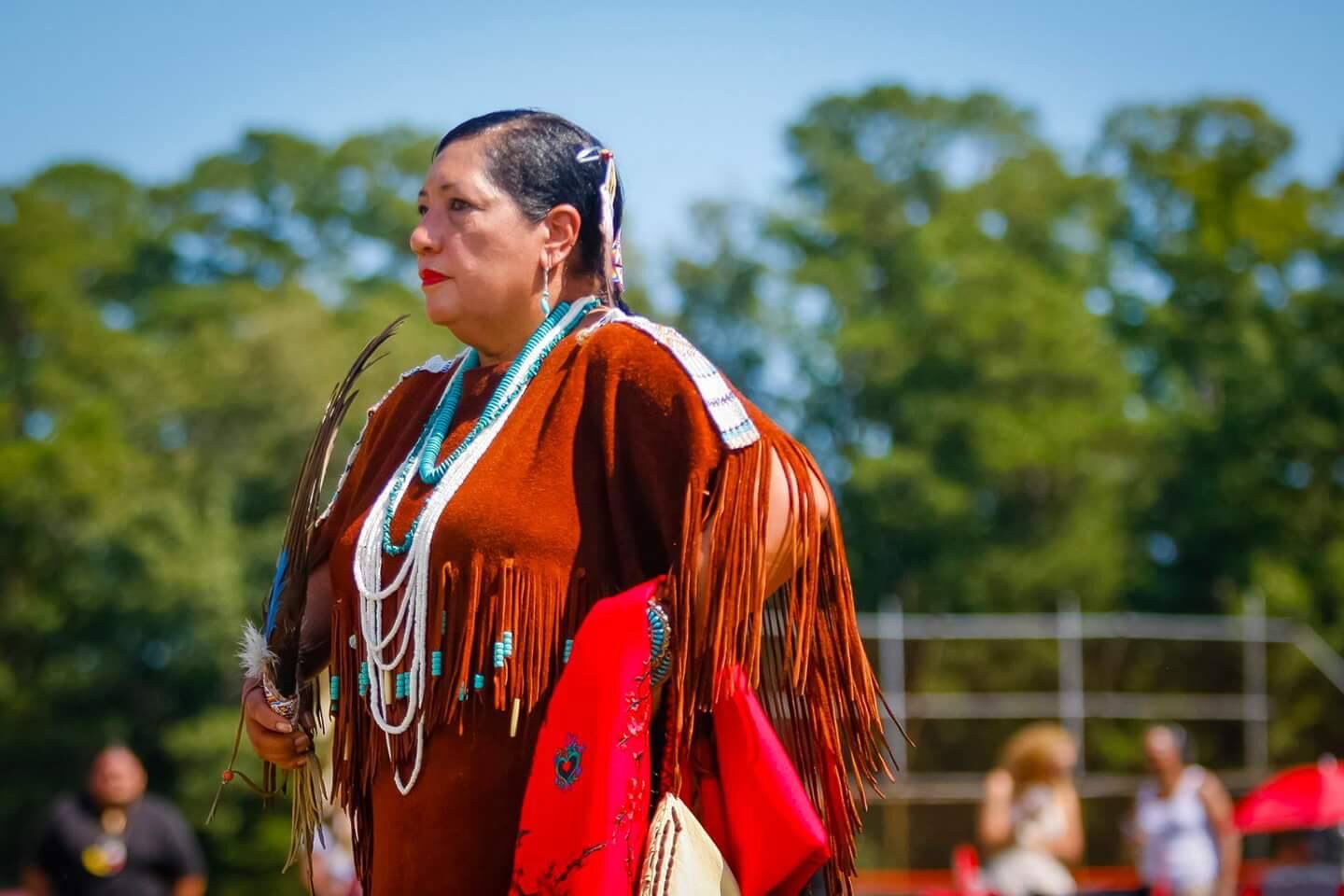
Echoes of Resilience: The Enduring Journey of the Occaneechi Tribe
In the verdant heart of North Carolina’s Piedmont, where the Haw and Eno Rivers converge, lies a landscape steeped in a history far older than the United States itself. It is here that the Occaneechi people, a Siouan-speaking tribe, have cultivated their roots for millennia. Their story is not merely one of survival, but of profound resilience, an unwavering commitment to identity in the face of centuries of displacement, disease, and relentless pressure for assimilation. It is a narrative woven with threads of ancient trade, brutal conflict, and a modern-day fight for recognition that underscores the enduring spirit of a people determined to reclaim their rightful place in history.
The Occaneechi, whose name is believed to mean "people of the darkening water" or "people of the setting sun," were once a dominant force in the region. Their strategic location, particularly on an island at the confluence of the Roanoke (then known as the Occaneechi River) and Dan Rivers, made them a crucial trade hub long before European arrival. This island, a natural crossroads, facilitated commerce between various Native American groups: the Cherokee to the west, the Tuscarora to the east, and other Siouan tribes across the Piedmont. Here, goods like deerskins, furs, copper, and medicinal herbs changed hands, fostering a complex network of economic and cultural exchange.
Early European explorers were quick to note the Occaneechi’s influence. In 1670, German physician and cartographer John Lederer documented his travels through the Carolina interior, marking "Occoneechee" on his maps and describing them as a powerful nation. A year later, in 1671, English explorers Thomas Batts and Robert Fallam also visited the Occaneechi, marveling at their well-organized villages and their role as intermediaries in the burgeoning deerskin trade with the English. These early accounts, though often filtered through a European lens, provide invaluable glimpses into a thriving, self-sufficient society. John Lawson, in his seminal 1709 work "A New Voyage to Carolina," while focusing more on the Tuscarora, provided general observations about the Siouan peoples of the Piedmont, highlighting their agricultural prowess and intricate social structures.

However, the arrival of Europeans brought not just trade, but also unprecedented challenges. Diseases like smallpox, to which Native Americans had no immunity, decimated populations. More devastating, perhaps, was the relentless encroachment on their lands and the escalating conflicts fueled by colonial ambitions. The Occaneechi, caught between competing European powers and rival Native American confederacies, found their world rapidly unraveling.
A pivotal and tragic turning point arrived in 1676 with Bacon’s Rebellion in Virginia. Nathaniel Bacon, a disgruntled planter, led a militia against Native American tribes, ostensibly to protect colonists, but driven by land hunger and racial animosity. The Occaneechi, initially allied with the English against other tribes, soon became targets themselves. Bacon’s forces, after being hosted by the Occaneechi on their island, turned on them in a brutal surprise attack, massacring many and destroying their villages. This event, a devastating blow to the tribe’s power and population, forced the surviving Occaneechi to abandon their ancestral island stronghold and seek refuge with other Siouan-speaking groups, particularly the Saponi.
This period marked the beginning of a long and painful process of consolidation and displacement. Throughout the late 17th and early 18th centuries, the Occaneechi, along with the Saponi, Tutelo, Keyauwee, and others, moved frequently, often settling near colonial forts for protection, only to find themselves increasingly dependent and vulnerable. The Tuscarora War (1711-1715), another brutal conflict between Native Americans and colonists, further destabilized the region, leading to more forced migrations and the eventual establishment of Fort Christanna in Virginia in 1714. Here, many remnants of the Siouan tribes, including the Occaneechi, were gathered under colonial supervision, ostensibly for their protection but effectively to control and assimilate them.
"Our ancestors never truly vanished," explains a tribal elder, a sentiment often echoed by contemporary Occaneechi leaders. "They simply learned to adapt, to live in plain sight while holding onto who they were." For generations, the Occaneechi, like many other Siouan-speaking peoples, navigated a perilous path of survival by "going underground." They intermarried with neighboring communities, both Native American and African American, often adopting new names and outwardly conforming to colonial society. Yet, within their family lineages, oral histories, and tight-knit communities, the memory of their heritage persisted. They maintained cultural practices, told their stories, and passed down the knowledge of their ancestors, often in secret, to protect themselves from persecution and forced removal.
The 20th century saw a renewed push for Native American rights and a reawakening of identity for many tribes whose histories had been suppressed. For the Occaneechi, this meant a concerted effort to formally reclaim their heritage and seek recognition. Descendants of the original Occaneechi families, many of whom had lived for generations in what is now Alamance County, North Carolina, began to organize. They meticulously gathered genealogical records, historical documents, and oral testimonies, piecing together the fragmented story of their people.
This tireless work culminated in the formation of the Occaneechi Band of the Saponi Nation (OBSN). The "Saponi Nation" part of their name reflects their deep historical and familial ties to the Saponi, with whom they shared a language and a common fate during the colonial era. In 2002, after years of dedicated advocacy and rigorous historical documentation, the Occaneechi Band of the Saponi Nation achieved state recognition from North Carolina. This was a monumental victory, affirming their status as a distinct Native American tribe within the state’s borders and validating their long-held identity.
State recognition, while significant, is distinct from federal recognition, a far more complex and arduous process. The Federal Acknowledgement Process, overseen by the Bureau of Indian Affairs (BIA), is often described by tribal advocates as "a gauntlet of historical and genealogical evidence." It demands continuous existence as a distinct community, political authority over members, and clear evidence of an Indian identity from historical times to the present. For tribes like the Occaneechi, whose ancestors were forced to disperse and conceal their identity, meeting these stringent criteria can be incredibly challenging, requiring resources and expertise often beyond their reach. The OBSN continues its pursuit of federal recognition, understanding that it would unlock vital resources, affirm their sovereignty, and provide greater opportunities for self-determination.
Despite the ongoing challenges, the Occaneechi are actively engaged in a vibrant cultural revitalization. They are working to preserve and teach their Saponi dialect, a part of the larger Siouan language family, understanding that language is a crucial link to their ancestral knowledge and worldview. Traditional arts, storytelling, and ceremonies are being revived, connecting younger generations to the practices of their forebears. The tribe hosts powwows and cultural events, not only for their own members but also to educate the wider public about their history and contemporary presence.

"Our identity is not just about the past; it’s about the present and the future," states a tribal council member. "We are here, we are strong, and we are teaching our children to be proud of who they are." The OBSN is deeply involved in community development, addressing issues like healthcare, education, and economic development within their community. They strive to create opportunities for their youth, ensuring that the next generation is equipped to carry forward the torch of their heritage.
The Occaneechi’s journey is a powerful reminder that Native American history is not confined to the past; it is a living, evolving narrative. Their story challenges simplistic notions of "vanishing" Indians, instead illustrating the remarkable adaptability and enduring spirit of Indigenous peoples. From their ancient role as a bustling trade hub to their modern fight for recognition and cultural renewal, the Occaneechi Band of the Saponi Nation embodies a testament to resilience. They stand as a vibrant, active community, proud of their heritage, steadfast in their identity, and determined to ensure that the echoes of their ancestors continue to resonate through the darkening waters and the setting sun of their ancestral lands for generations to come. Their presence is a vital thread in the rich tapestry of North Carolina’s history and a beacon of hope for Indigenous communities worldwide.


